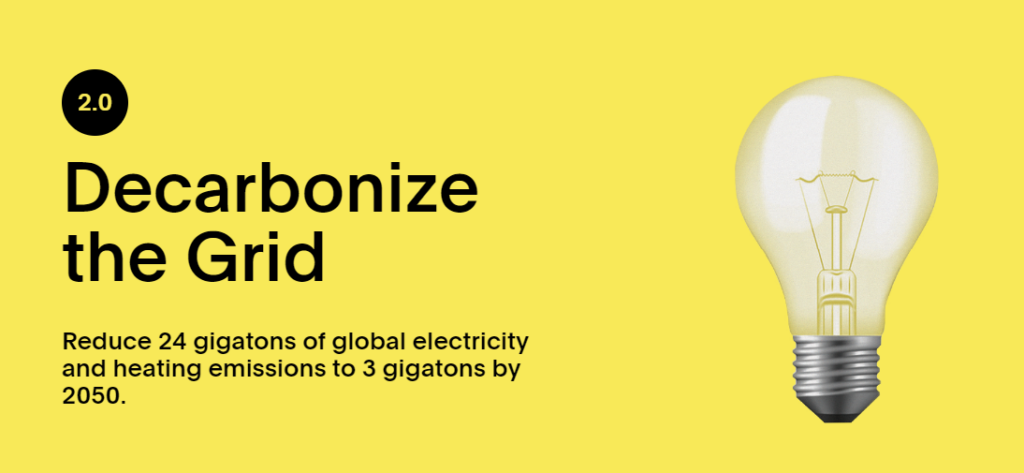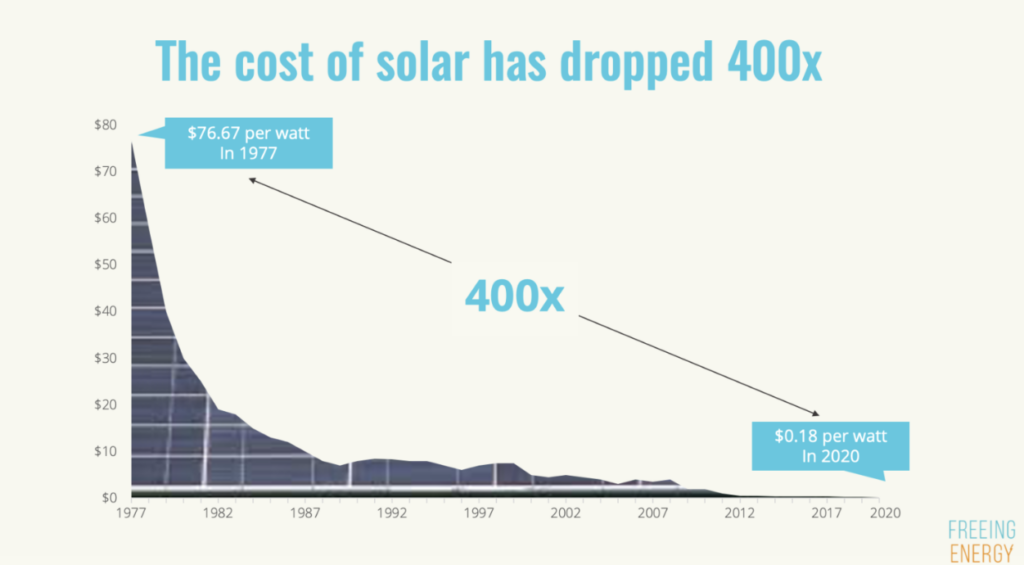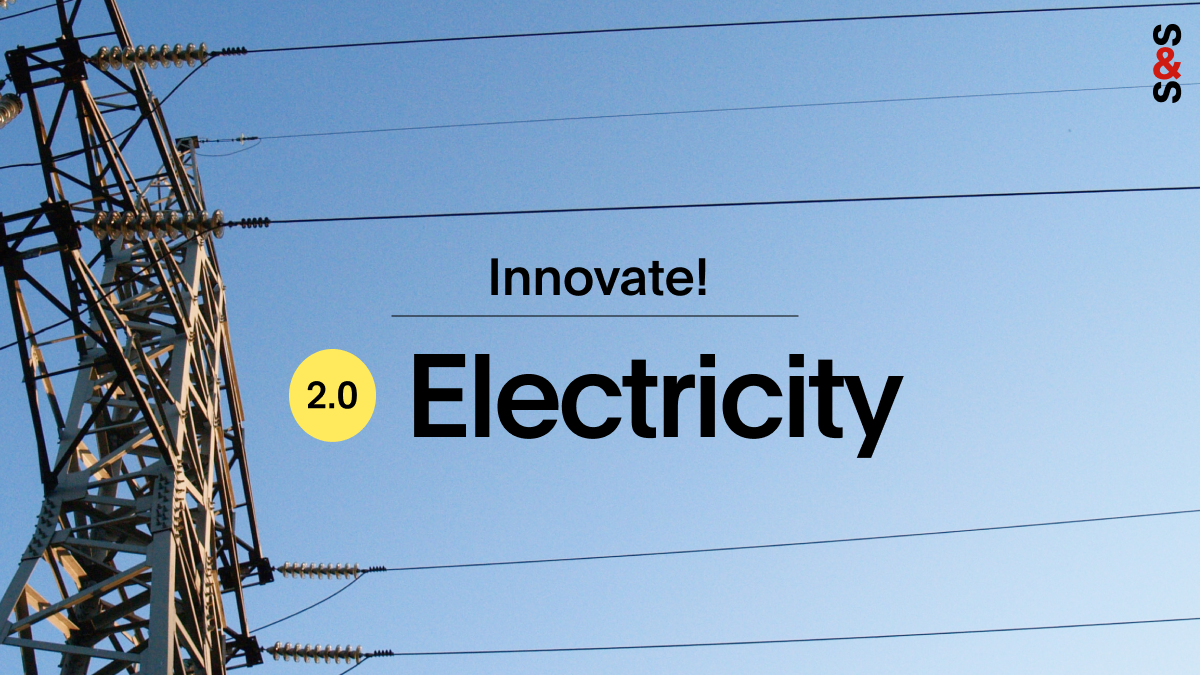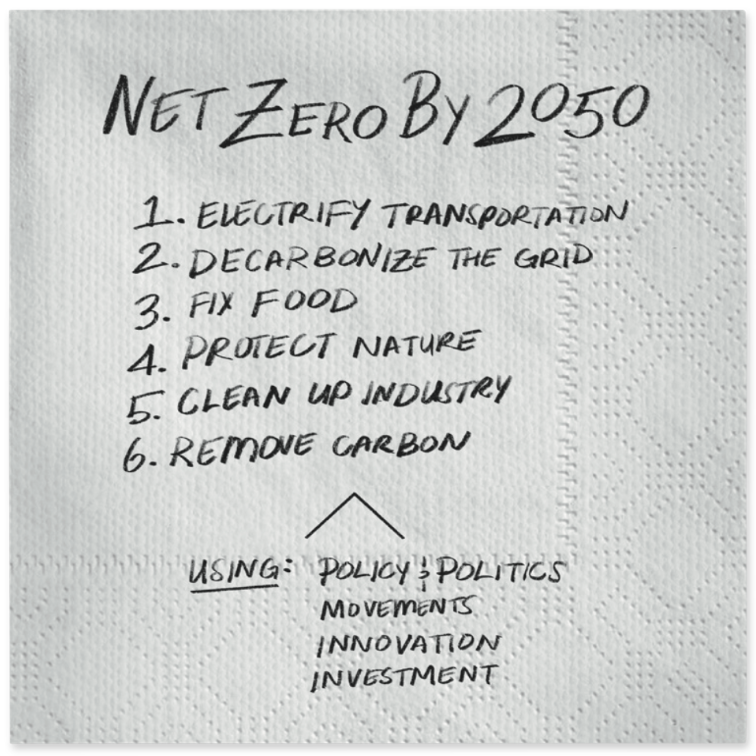To get to net zero, we must decarbonize our single largest source of emissions: the power grid. Our electricity needs to come from zero-emissions energy sources. Alternative energy technology is rapidly scaling and is ripe for investment.

Globally, 38 percent of our electricity comes from zero-emission sources, a proportion that is rising each year.
Solar energy saw a record increase in energy generation in 2022, and further growth is projected in 2023. We’ll need even greater increases to reach our target of net zero by 2050—at least 25 percent each year between now and 2030. We are on track to reach that target; today, solar is the third largest renewable electricity generator, behind solar and wind. Around $300 million was invested in solar in 2022, more than double the investment in wind and hydropower combined. Price is no longer a barrier. Renewables are now the cheapest source of new electricity in countries that are home to 96 percent of the world’s population.

(Source: Feeing Energy, BNEF)
Geothermal Energy
Geothermal energy is a low-cost and scalable energy source that extracts heat from the Earth’s subsurface and converts it into electricity. Unlike solar and wind, geothermal energy can produce stable electricity year-round. While geothermal represents only half of one percent of renewable energy installations globally, its growth rate is impressive, around 3.5 percent annually. According to the U.S. Department of Energy, investing to scale geothermal energy to its full potential would cut as much greenhouse gas emissions as taking 26 million cars off the roads. To achieve a significant emissions impact, we’ll need to scale this technology globally, in both higher- and lower-income countries.
Fusion Power
Fusion power combines two atomic nuclei to create massive amounts of energy without emitting any greenhouse gasses. While traditional nuclear fission is also a low-carbon technology, fusion would offer several advantages if it can be commercialized. The catch is that fusion requires high amounts of money and energy to be developed and scaled. Cash flow into this technology is strong: The U.S. government recently announced a record $1.4 billion in funding for research, the beginning of a ten-year drive toward achieving a practical fusion industry. In one recent breakthrough, scientists in California were able to create excess energy through nuclear fusion. Microsoft recently announced a forward purchase commitment for fusion energy by 2028, helping demonstrate demand for the technology.












